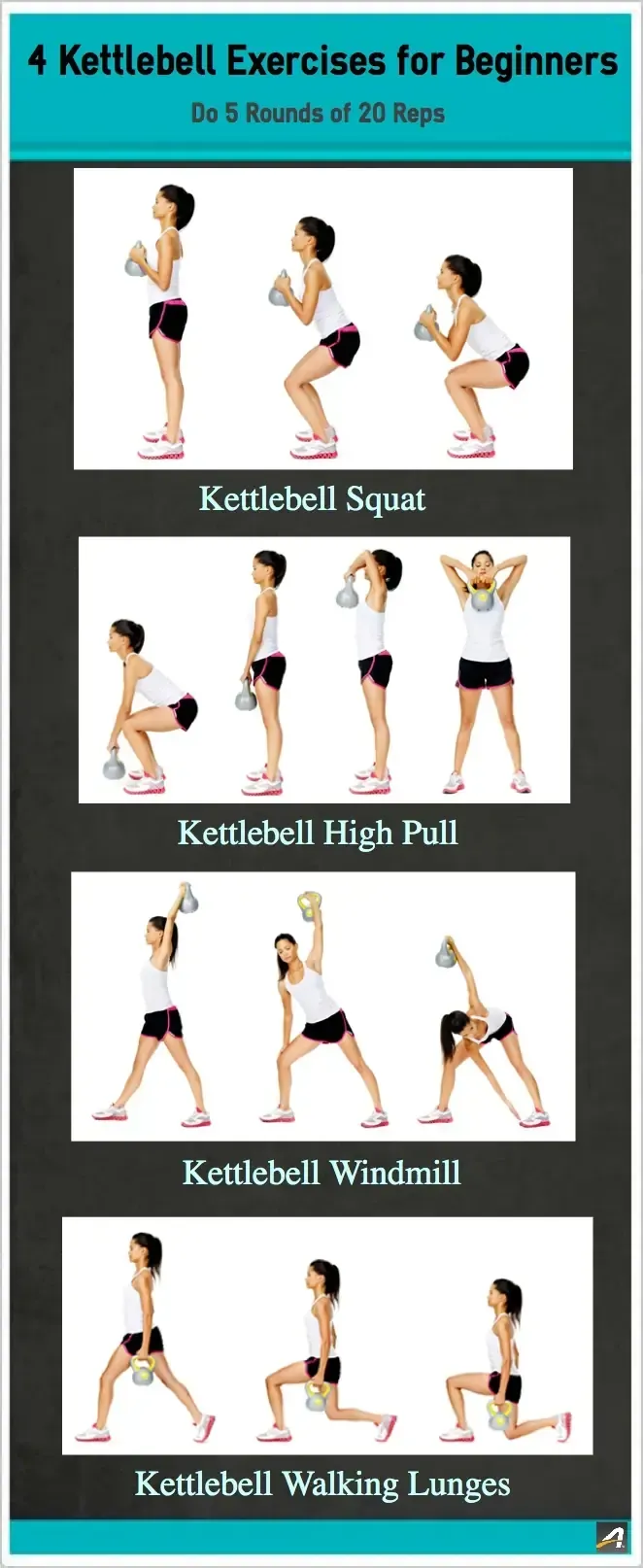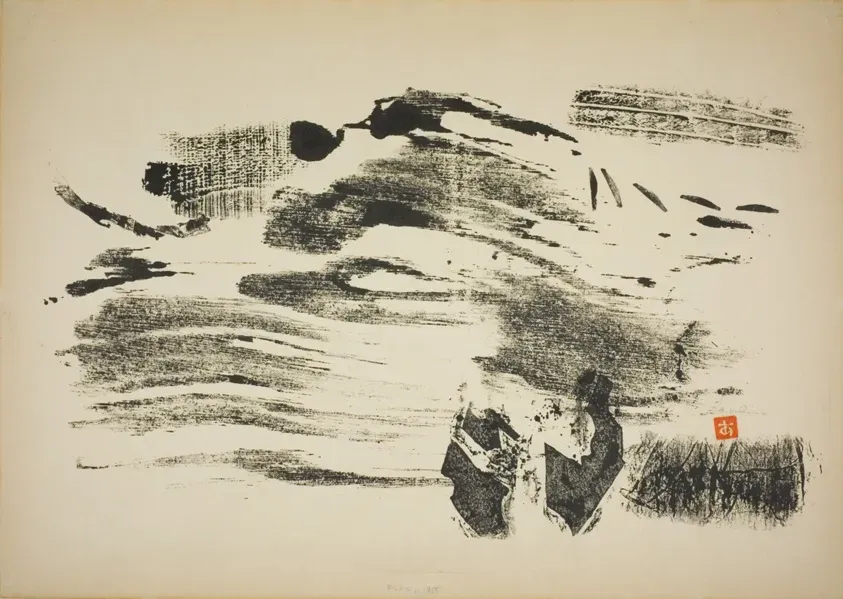Table of Contents
Thinking about getting into kettlebell training but those fancy, fluid movements you see online look like something out of a Cirque du Soleil show? You're not alone. Many folks eye kettlebell flows and figure they need years of training just to attempt one. But here's the scoop: a kettlebell flow workout beginner approach is entirely doable. It's less about looking like a fitness guru on Instagram and more about connecting fundamental movements into a smooth, efficient sequence.
What Exactly is a Kettlebell Flow Workout for Beginners?

What Exactly is a Kettlebell Flow Workout for Beginners?
So, you've heard the term "kettlebell flow" and pictured someone doing gymnastics with a cannonball? Let's pump the brakes. What exactly is a kettlebell flow workout for beginners? At its core, a flow is just linking several kettlebell exercises together seamlessly, moving from one to the next without putting the bell down. Think of it less like a choreographed dance and more like a conversation between movements. Instead of doing 10 reps of swings, then stopping, then doing 10 reps of squats, you might do a swing, transition directly into a clean, then press the bell overhead, and reverse the movement back down to a swing. It’s about efficiency, keeping tension, and building work capacity in a dynamic way. It's not about speed or looking flashy; it's about control and smooth transitions, making your muscles work harder and smarter through multiple planes of motion.
Mastering the Building Blocks for Your First Kettlebell Flow

Mastering the Building Blocks for Your First Kettlebell Flow
Start with the Staples: Your Core Kettlebell Moves
Alright, so you're not going to run before you can walk, right? The same goes for a kettlebell flow workout beginner program. Before you try to link anything fancy, you absolutely must own the foundational kettlebell movements. We're talking about the swing, the clean, the press, and maybe the squat. These aren't just exercises; they're the letters of the alphabet you'll use to write your flow sentences. You need to perform each one safely and efficiently on its own before you even think about linking them. This means mastering the hip hinge for the swing, understanding how to rack the bell safely for the clean, and pressing with control and stability. Don't rush this part. Seriously, spend time practicing each move individually until it feels natural, almost automatic. Your future self (and your lower back) will thank you.
Practice the Connections: Where Moves Meet
Once you've got the individual moves down, the next step for your kettlebell flow workout beginner journey is practicing how they connect. This is where the magic starts to happen, but also where things can get awkward if you're not careful. Think about going from a swing directly into a clean. It's not just doing a swing and then doing a clean; it's about absorbing the energy from the swing and using it to guide the bell into the rack position for the clean. Or transitioning from a clean to a press – how do you maintain tension and stability? Practice linking just two moves at a time. Swing to clean, clean to press, press back to rack, rack back to swing. Work on making that transition smooth, controlled, and deliberate. It shouldn't feel like you're stopping and starting; it should feel like one continuous motion, even if it's slow at first.
Here are a few core moves essential for beginners:
- The Kettlebell Swing (two-handed)
- The Kettlebell Goblet Squat
- The Kettlebell Clean (single arm)
- The Kettlebell Press (single arm)
Designing Your Simple Kettlebell Flow Workout Beginner Routine

Designing Your Simple Kettlebell Flow Workout Beginner Routine
so you've got the individual moves down and you've practiced linking two together. Now for the fun part: actually designing your simple kettlebell flow workout beginner routine. Don't overthink this. The goal is simplicity and consistency. Pick just two or three moves you feel comfortable linking. A classic beginner flow might involve a swing into a clean, and then back down. Or maybe a clean into a goblet squat, back to the rack, and then down. The key is to choose moves that transition naturally into each other. Think about the path the kettlebell takes and how your body moves with it. Start with a very light weight – lighter than you'd use for sets of individual reps. Perform the sequence slowly, focusing on control and smooth transitions. Do the flow for a set number of repetitions (maybe 3-5 per side if using single-arm moves) or for a short time duration (like 30 seconds). This isn't about pushing to failure; it's about grooving the movement pattern. Record yourself if you can; seeing your own form is incredibly helpful for spotting areas that need work. Remember, the best kettlebell flow workout beginner routine is one you can do consistently and safely.
Avoiding Pitfalls: Safety Tips for the Kettlebell Flow Workout Beginner

Avoiding Pitfalls: Safety Tips for the Kettlebell Flow Workout Beginner
Don't Rush the Process (Or Your Transitions)
Look, nobody starts doing kettlebell flows looking like a seasoned pro. Trying to rush through transitions is a surefire way to smack yourself in the forearm with the bell or tweak something. When you're just starting your kettlebell flow workout beginner journey, speed is the enemy. Focus entirely on control. Each transition should be deliberate. Think about where the bell is going and how your body needs to move to support it. That awkward pause between a clean and a press? That's not a failure; that's your chance to brace your core, regrip if needed, and set up for the next movement safely. Trying to link moves before you've mastered them individually is like trying to write a novel before you know the alphabet. It just won't work, and you'll probably get frustrated (or injured).
Listen to Your Body, Not the Hype
It's easy to get caught up watching videos of people doing complex, heavy flows and think you need to jump right in. That's a recipe for disaster. Your body will tell you what it's ready for. Pain is not your friend here; discomfort during learning is one thing, but sharp or persistent pain means stop. Seriously, put the bell down. Using a weight that's too heavy for a flow is another common mistake for the kettlebell flow workout beginner. You might be able to swing that weight, but can you clean it smoothly? Can you press it without your back arching? Start light, lighter than you think you need. Master the movement patterns and transitions first. Strength comes later. Ego lifting has no place in safe flow training.
Ask yourself these questions before attempting a flow:
- Can I perform each individual movement safely and under control?
- Is the weight light enough that I can maintain good form even when linking moves?
- Am I feeling any sharp or unusual pain during the transitions?
- Have I adequately warmed up my joints and muscles?
Taking the Next Step: Progressing Beyond Your First Kettlebell Flow

Taking the Next Step: Progressing Beyond Your First Kettlebell Flow
So, you've diligently practiced your basic swing-to-clean flow or your clean-to-squat sequence, and it's starting to feel less like wrestling an octopus and more like, well, a flow. Great! That means you're ready to think about progression beyond the initial kettlebell flow workout beginner stage. This doesn't mean you immediately need to add jump squats or juggling the bell. Progression can be simple: maybe you increase the number of repetitions in your flow, or you add another movement to the sequence (swing, clean, press, back down). You could also increase the duration you perform the flow. Another option, once your form is absolutely solid with a lighter weight, is to gradually move up to a slightly heavier bell. Don't jump too quickly; even a small increase can make a big difference when linking moves. The key is to keep challenging yourself without sacrificing that hard-earned control and smooth transition you've developed.
Wrapping Up Your First Kettlebell Flow
Starting with a kettlebell flow workout beginner routine doesn't require superhero strength or coordination. It's about patiently learning the foundational movements – swings, cleans, presses – and then linking them together deliberately. You built your first flow by connecting these simple pieces. You learned how to keep it smooth, controlled, and most importantly, safe. This isn't the finish line; it's just the start of exploring how movement can feel different, more integrated, and perhaps even a little more engaging than just doing sets and reps. Keep practicing, stay mindful of your form, and see where these connected movements take your training next.